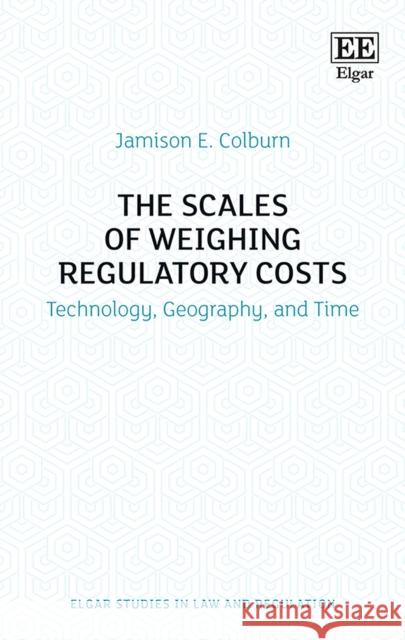The Scales of Weighing Regulatory Costs: Technology, Geography, and Time » książka
The Scales of Weighing Regulatory Costs: Technology, Geography, and Time
ISBN-13: 9781788113496 / Angielski / Twarda / 2018 / 224 str.
This book examines the calculation and evaluation of regulatory costs by regulators in accordance with a legislative mandate. A serious limitation in that enterprise, the possibility of technological change and innovation, often compromises those efforts and has long been under-appreciated in standard `cost-benefit analysis.' Regulators who study the inducement of innovation and the avoidance of regulatory costs by the regulated often find significant cost-saving opportunities, leading to more stringent and more effective risk governance. Ultimately, the weighing of costs in this more elaborate model is more than simple welfare maximization. It views regulatory costs as important to society for a range of reasons, some grounded in fairness and some in deliberative process values, as a society seeks to minimize all costs over time. This analysis places the weighing of regulatory costs in context by comparing cost calculation methods and evaluative tools in three illuminating case studies. It assesses cost-factoring methods under different normative frameworks and highlights the role of technological innovation in cost minimization over time while considering regulatory costs that result from multiple regulatory tool choices. A single regulatory cost investigation is tracked from agency to legislative back to agency choice, outlining the steps to consensus-oriented cost factoring methods. Academic and professional lawyers in fields like environmental protection, food and drug safety, and workplace safety will find this an invaluable resource, as will researchers in disciplines dealing with judicial choice from economic or political theoretical frameworks and regulatory agencies charged with regulating risks.











